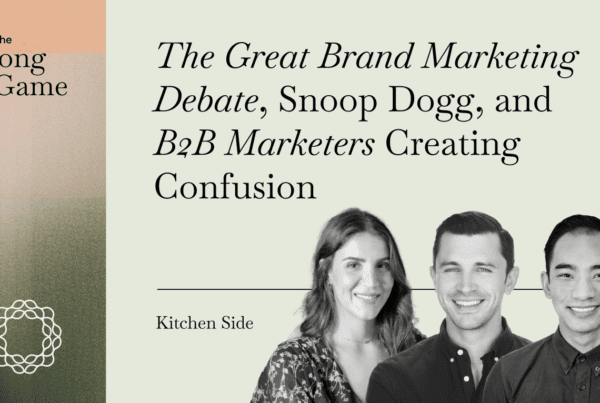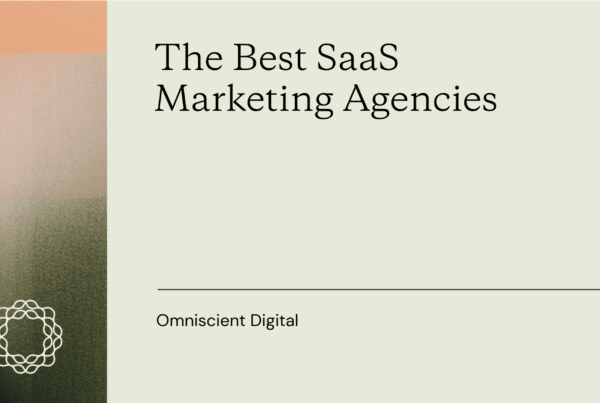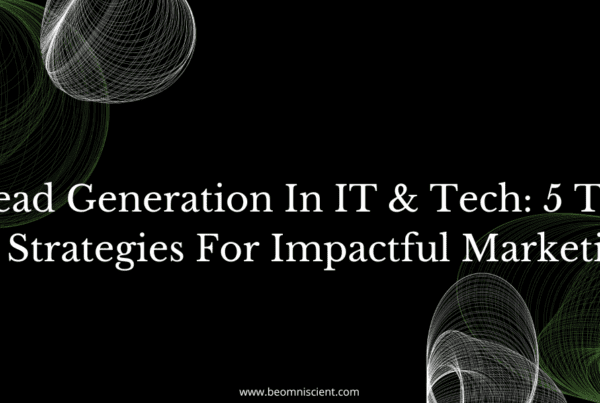
LinkedIn is the mecca of networking for businesses worldwide. With more than 67 million companies on the platform and over a billion users in 200+ countries and territories, LinkedIn is the best platform for sourcing leads, especially for a B2B business!
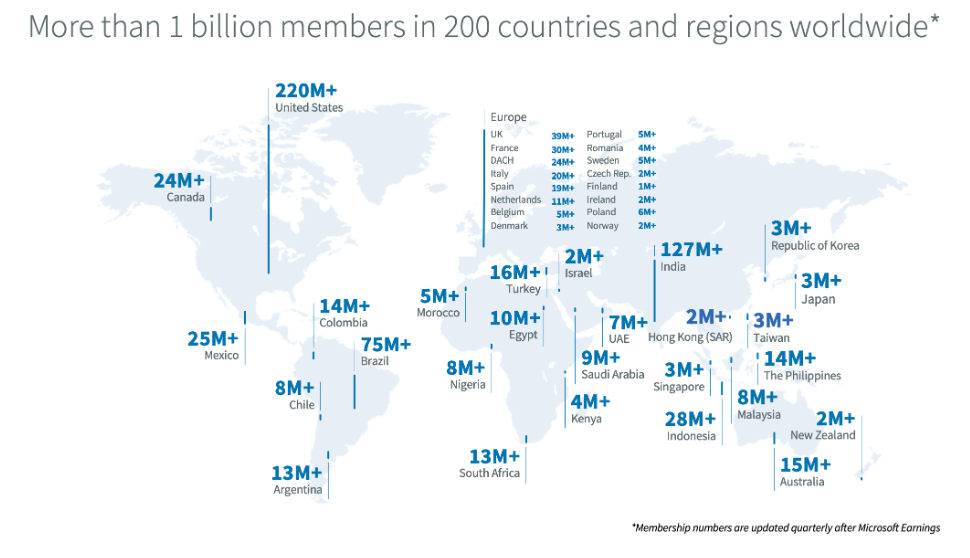
From fresh talent looking for their next opportunity to astute business leaders with decades of industry expertise, LinkedIn offers a fantastic melting pot for producing high-quality leads! An efficient LinkedIn strategy can help you create thought leadership, increase trust in your brand’s value, and fill your pipeline with more sales-qualified prospects. However, lead generation is always a challenge, and nothing feels more like a waste than when a warm lead who is aware of your brand pivots to your competitor!
Read on to discover seven tried-and-true LinkedIn lead generation strategies that target warm leads with the right message at the right time and convert them. Let’s dive in!
Is LinkedIn effective for lead generation?
In the dinosaur era (read: a few decades ago), people only used LinkedIn to browse and apply for jobs. However, the scenario today has changed considerably.
LinkedIn is now a thriving social media network with millions of working professionals and industry experts with serious business acumen. This has made LinkedIn a colossal hub for professional mingling, resulting in signed deals worth hundreds of thousands of dollars!
Here are some more stats that prove that LinkedIn is one of the most effective channels for lead generation:
- 97% of B2B marketers incorporate LinkedIn into their content marketing strategy.
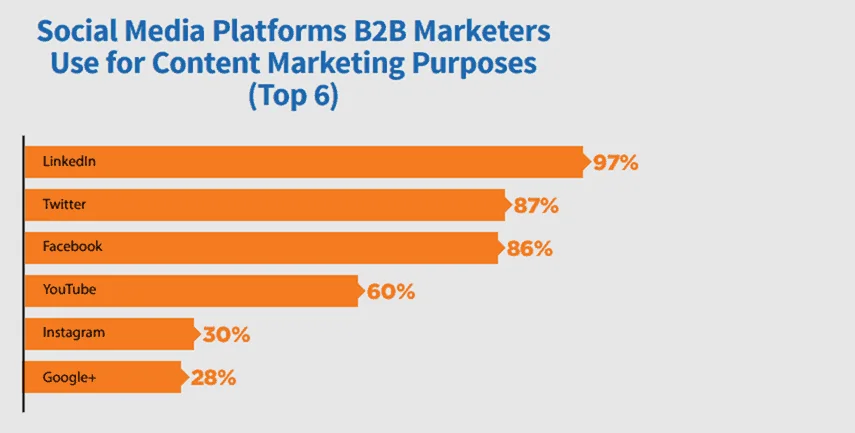
- LinkedIn Ads garner a 33% increase in intent-to-purchase for B2B businesses.
- Audiences on LinkedIn have twice the buying power of the average online audience.
- Every 4 out of 5 LinkedIn members drive business decisions.
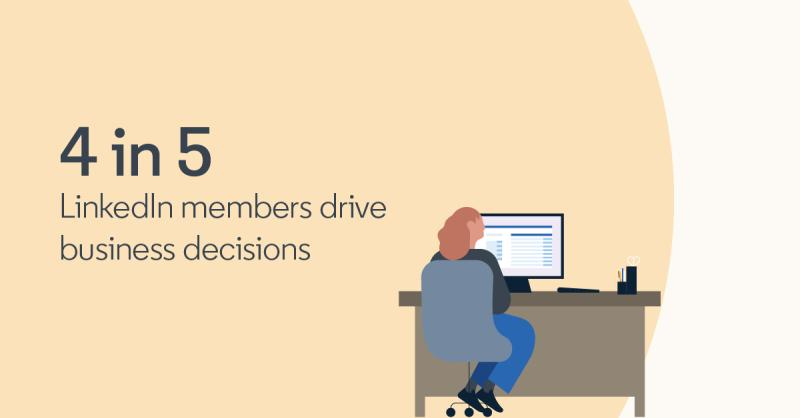
These data points clearly indicate the power of LinkedIn when it comes to lead generation. So, how can you leverage this platform?
Simple! Use the strategies outlined below.
7 LinkedIn strategies for lead generation
Now that you understand the power of LinkedIn for generating leads, let’s explore seven strategies to attract sales-ready leads to your pipeline.
- Optimize your profile for visibility
Improving your LinkedIn profile is the initial stage in drawing in perfect, sales-ready prospects. An optimized LinkedIn profile is the basis of your lead generation success, so make sure it is visually attractive and packed with engaging content. In fact, studies show that a well-crafted LinkedIn profile has a 40 times higher chance of attracting opportunities.
Since your profile image and headline are the first things people will see when you send them a connection request, start by optimizing them.
- Profile picture: Use a top-notch professional headshot.
- Headline: Clearly state your professional role and value in your headline. Include keywords and a brief description of your expertise or services.
Following this, you can optimize the following elements to attract more professionals to connect with you:
- Cover picture: Use a customized banner image that reflects your brand or industry, reinforcing your value proposition.

- Featured section: Showcase your best posts to highlight your industry expertise. You can also provide links to your newsletter or consultation services in this space.

- About section: Craft a compelling LinkedIn summary. Share your personal and professional story, explain why people should do business with you, and outline your services.
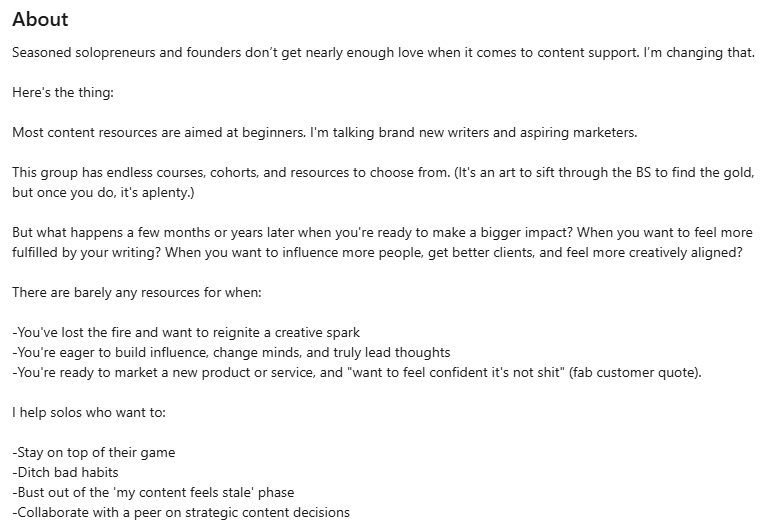
- Experience section: Detail your industry experience, roles at various institutions, and the impact of your work in this section. You can also highlight what you can do for customers and the value you bring to the table here.

To begin generating leads from LinkedIn, you must optimize your profile. If you skip this step, the rest of the strategies will not be effective.
- Write and share valuable content
Posting industry-relevant content is one of the best ways to generate leads on LinkedIn! In addition to text, LinkedIn currently allows images, carousels, GIFs, videos, and much more. By sharing valuable content, be it a corporate video or an informative carousel you establish yourself as a thought leader and enhance your brand’s credibility.
For instance, if you are targeting an audience such as financial advisors, you should be sharing more content and less promotional stuff to slowly warm them up. For example, incorporating content with topics such as “practice management & business growth”, “technology & tools for advisors” or “lead generation strategies for financial advisors” can help draw in prospects who are actively seeking ways to promote their financial planning business, ultimately leading them to become warmer leads. After all, once a lead feels some affinity with what you’re offering, they’ll be more open to a personal message.
To stand out on LinkedIn, you should distribute a mix of different types of content, such as blog posts, infographics, case studies, and videos. Once you’ve posted your content, engage in discussions with individuals who have shown interest by liking or commenting. A single LinkedIn post can reach thousands daily, attracting potential leads.
Some types of content that are popular on LinkedIn include:
- How-to guides: Share step-by-step solutions to industry problems, which can achieve massive reach.
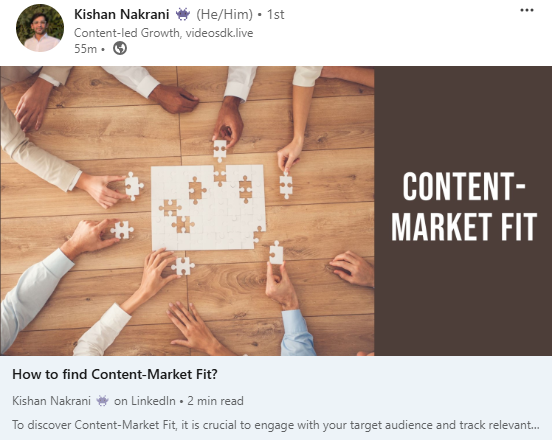
- Success stories: Celebrate new roles or certifications to attract attention and engagement.
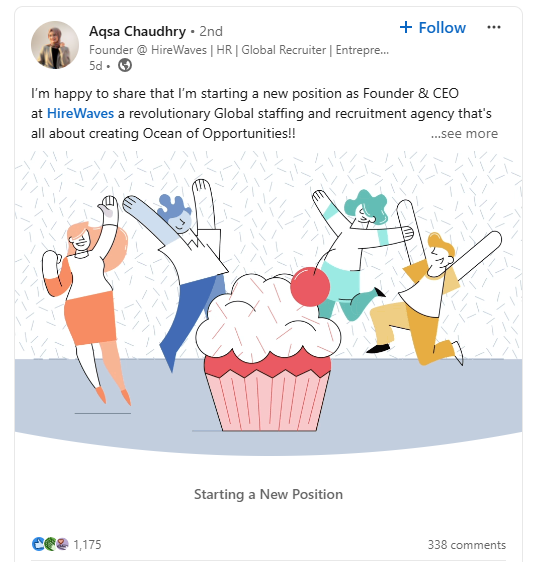
- Posts on company culture: Highlight your company’s employee-centric values to attract talent and prospective customers.
- Lead magnets: Offer valuable gated content in exchange for comments to collect qualified leads.
- Personal anecdotes: Share personal achievements or business challenges to humanize your profile and foster meaningful connections.
Writing and sharing content on your LinkedIn feed regularly can help you build a community, which can, in turn, increase brand awareness for your business.
- Connect and network
Connecting with high-value prospects on LinkedIn requires standing out among many messages. In a sea of AI outreach messages sent by fake experts, personalization is key. A personalized note can leave a lasting impression and increase acceptance rates.
To craft an effective connection request, follow these steps:
- Highlight the reason you’re reaching out
- Inquire if they have an industry problem you can solve
- Back your claims with data and actionable insights
- Urge them to reply with a clear call to action
If you have already had previous interactions with the prospect, you can leverage recordings and notes from your call center software. These records can provide valuable insights into the specific interests and needs of each lead. For example, if a lead previously expressed interest in a particular product feature during a call, you can mention this in your LinkedIn message and provide relevant updates or additional information about that feature. This level of personalization shows that you remember past interactions and are genuinely interested in addressing their specific challenges. Additionally, knowing how to remove connections on LinkedIn can be a valuable skill for managing your network. If a connection no longer aligns with your goals or interests, removing them ensures your network remains relevant and meaningful.
Effective networking also involves:
- Joining relevant LinkedIn groups and participating in discussions
- Using LinkedIn Sales Navigator to identify potential leads and save profiles
- Hosting and participating in LinkedIn events like webinars and live sessions to showcase your expertise
- Leveraging mutual connections for introductions to potential leads and engaging with your network’s 1st and 2nd connections
These strategies will help you build meaningful connections and enhance your lead-generation efforts on LinkedIn.
- Engage with industry thought leaders
Engaging with industry thought leaders on LinkedIn—i.e., those with a significant following and command respect for their industry expertise—can also help you boost your credibility and generate potential leads. This is also an easy tactic leveraged by B2B marketers to draw more attention to the product or service they are selling, especially if it is a new launch.
Start by following thought leaders in your niche to stay up-to-date on their views and perspectives. You can also send personalized connection requests to join their network, automatically increasing your face value in front of their connections.
Once you follow or connect with them, the next step is to engage with their posts. Make sure to react and comment on their posts regularly by sharing your unique additional insights. You can also share their posts on your feed and tag them to show appreciation for their expertise. Consistency is key here as it might lead to opportunities for collaboration and deeper personal connections.
Besides these, you can:
- Request recommendations and endorsements to add more weightage to your profile
- Offer your genuine help on relevant projects and discussions
- Leverage a testimonial from them (in case you have worked together) to gain the favor of those who trust the thought leader’s judgment
- Collaborate with them to co-publish articles, host joint webinars, and more
Using this strategy, you can leverage the trust and reach of thought leaders to expand your own network and attract more high-quality leads to your profile. Moreover, you can ask these professionals to take part in your mentor-mentee matching program and leverage their expertise to guide and inspire your up-and-coming talent.
- Leverage targeted prospecting tools
Targeted prospecting tools can increase the efficiency and success rate of your LinkedIn lead generation efforts. While LinkedIn offers some native features like People Also Viewed, Insights and Analytics, and Boolean Search, you can also use LinkedIn Sales Navigator or other third-party prospecting and automation tools. Let’s talk about each of them in detail!
- People Also Viewed feature: Use the “People Also Viewed” feature on LinkedIn profiles to find professionals working in similar roles or related industries who might turn into additional potential leads.
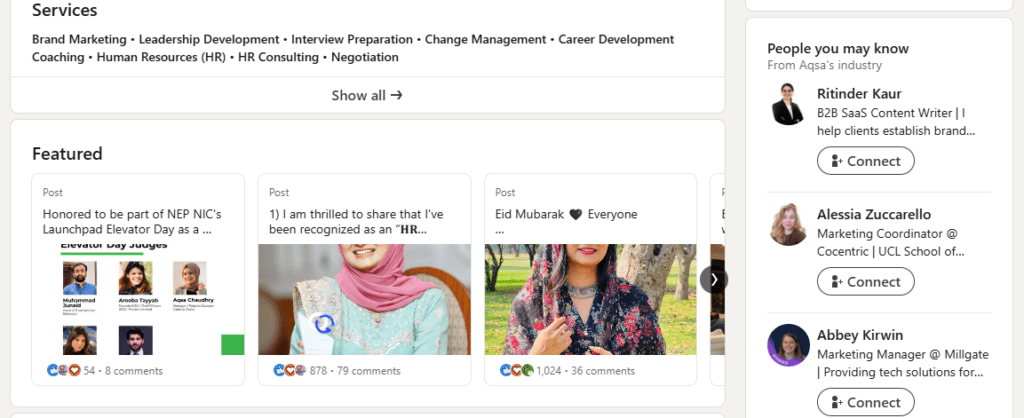
- LinkedIn Insights and Analytics: Monitor who views your profile and analyze your engagement metrics to identify users interested in your industry expertise.

- Boolean search: Combine keywords with Boolean operators (AND, OR, and NOT) to create complex queries and weed out irrelevant profiles while searching for leads.
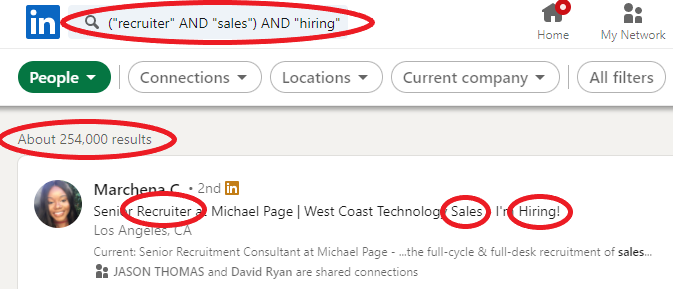
- LinkedIn Sales Navigator: Use advanced filters to narrow your searches based on job title, industry, company size, location, and other factors. Additionally, Sales Navigator provides customized lead suggestions using search history, lets you message potential leads with InMail credits, regardless of connections, and enables you to save and manage lead lists for tracking promising prospects.
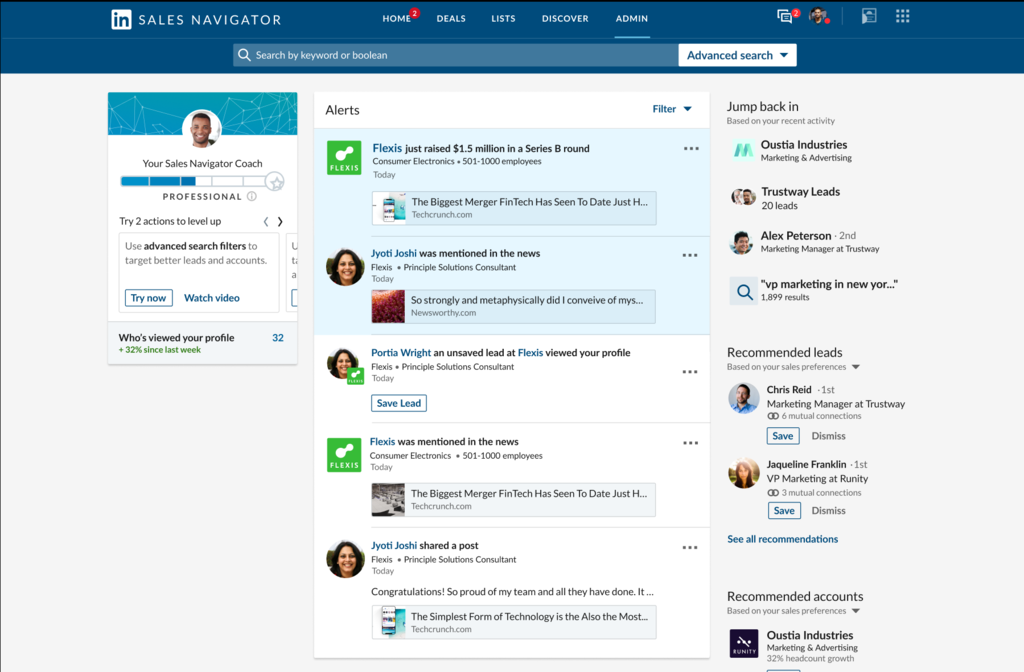
- Third-party prospecting and automation tools: Integrate third-party prospecting tools like Clearout, Apollo, Snov.io, or Leadfeeder, among others, to gain more comprehensive information about leads and automate outreach campaigns using tools like Zopto.
Leveraging targeted prospecting tools can help businesses, specifically small companies, perform mass outreach and connect with the right prospects!
- Run targeted LinkedIn ads
Using targeted advertising on LinkedIn enables businesses to connect with potential customers who are highly likely to respond to personalized messages. Despite a relatively high cost-per-lead (CPL) of $15 to $350, a conversion rate of 5%-15% (significantly above the industry average) justifies the expenditure.
Moreover, studies show an increase of 8.8% in the advertising audience reach on LinkedIn in the past year, suggesting that B2B marketers find this platform popular for displaying ads.
LinkedIn’s sophisticated advertising platform offers various advertising formats and targeting choices, including:
- LinkedIn Sponsored Content: This refers to creative advertisements designed to increase the visibility and engagement of your posts, articles, presentations, and videos by reaching audiences who do not already follow your business on LinkedIn.
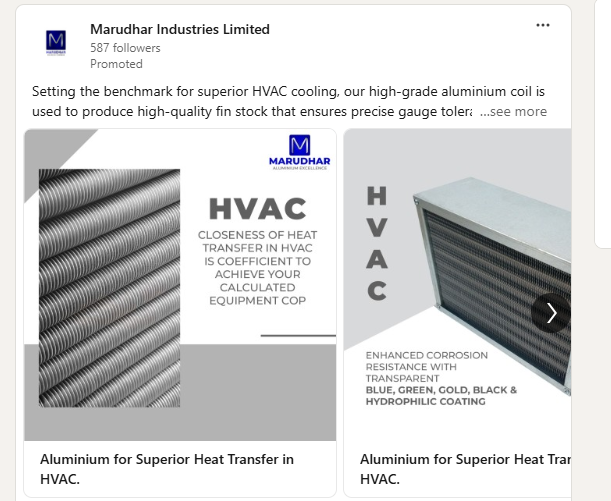
- Text ads: These are CPC ads in the sidebar that can boost brand visibility and direct traffic to your website or your LinkedIn company page.

- Video ads: These promotional company advertisements present customized video content to target audiences. Video commercials offer various options for customization and targeting, making them ideal for captivating potential customers with visually appealing content.
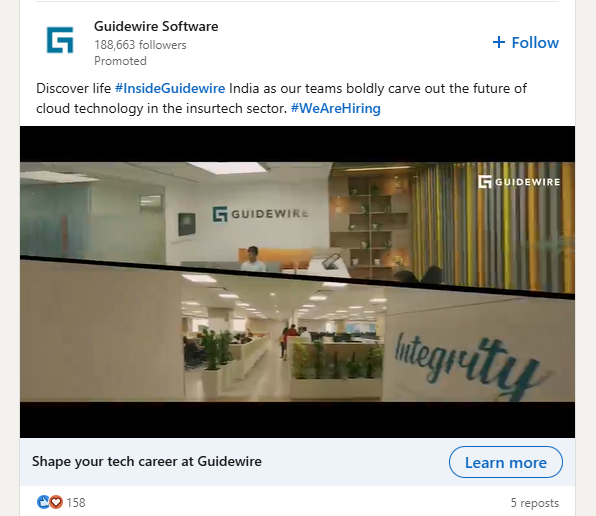
- Sponsored InMails: These are customized ads sent directly to your audience’s InMail inboxes. They can feature invitations to webinars, product promotions, or exclusive product downloads. Message ads are only delivered to active users on LinkedIn to guarantee optimized open rates.
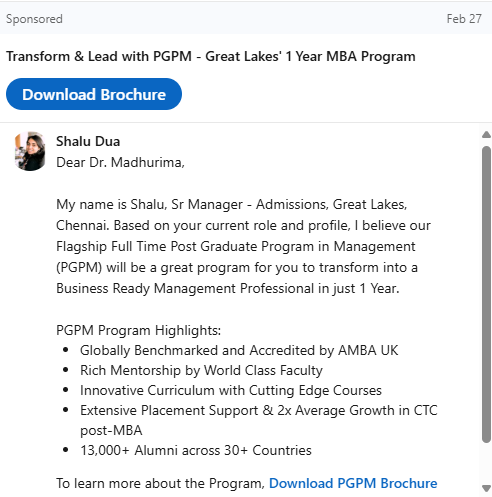
LinkedIn Ads also offers multiple targeting options, such as demographic, geographic, and behavioral targeting, using the Matched Audiences feature. This feature allows you to upload a list of contacts visiting your website and refine your ICP to reach a specific audience.
You also get LinkedIn Lead Gen Forms, which can be added to sponsored content ads or InMails to gather contact details directly from LinkedIn. Besides this, LinkedIn’s advanced retargeting capabilities also help reach prospects and nurture them into leads that turn into paying customers.
- Track and analyze your results
Last but not least, monitoring, analyzing, and optimizing every lead generation strategy, including LinkedIn, is crucial. Below are several methods for monitoring and evaluating your outcomes to increase the number of leads you are creating through LinkedIn:
- Set goals and pinpoint key performance indicators (KPIs) for your LinkedIn campaigns, like creating leads, using the SMART criteria. Recognize key performance indicators (KPIs) like click-through rates (CTRs), cost-per-lead (CPL), and engagement rates to assess advancement.
- Utilize LinkedIn Analytics Tools to track ad metrics like impressions and conversions using LinkedIn Campaign Manager. You can also utilize LinkedIn Page Analytics to monitor engagement and performance of organic content.
- Conduct A/B testing on your advertisements and material to determine which version most effectively connects with your desired audience. This could involve altering titles, pictures, CTAs, and so on.
- Integrate LinkedIn with Google Analytics to understand better how your target audience from LinkedIn behaves on your website. You can also sync LinkedIn lead gen forms with a CRM to track and nurture leads respectively and measure campaign return on investment (ROI). Using the best CRM for LinkedIn you can find in the market can help streamline this process, providing valuable insights and optimizing your lead management.
- Adjust targeting based on demographics and behaviors of audience segments that show the highest engagement rates. You can also refine content based on performance metrics and test different CTAs to see what performs best.
- Create regular reports to track your initiatives and hold periodic reviews to improve your lead generation performance continuously.
By implementing these strategies, businesses not only improve their visibility and networking capabilities on LinkedIn but also set the stage for organic growth, enhancing their ability to attract and convert leads naturally over time.
Is there a best way to generate leads on LinkedIn?
Every strategy highlighted above can strengthen your LinkedIn lead generation initiatives. However, crafting excellent content tailored to your specific audience is the key to producing significant top-notch leads!
Your audience isn’t interested in what you can do—they just want to know what you can do for them. This implies that using complicated marketing jargon or obvious sales pitches will not be effective—you must produce content that is either informative or showcases thought leadership. So, how can you create stellar content that generates demand throughout your product or service sales lifecycle? Using thorough research and planning, of course!
To begin, start by segmenting your audience. Audience segmentation allows you to embrace focus and reach the ideal sub-group of buyers who will optimize your influence. This makes carving out an ideal customer persona (ICP) super important! To create your ICP, you can segment your audience based on either (or both):
- demographic factors such as age, gender, occupation, income, and educational level
- psychographic factors such as interests, habits, lifestyles, values, and personalities
Once you appropriately classify your target group, you can strategically and successfully tailor your message for maximum impact. You should also seriously consider your ICP’s shared individual personalities and character attributes when determining your content’s tone, style, and format.
Besides these, the information in your marketing messages also heavily decides the success of your lead generation campaigns. While webinars, blogs, white papers, and video tutorials are all useful for funneling leads, there is no one-size-fits-all strategy here.
In short, you must think carefully about what your target market wants and provide it to them in an easily consumable way that gets them to convert!
Conclusion
When it comes to lead generation, LinkedIn presents a goldmine of premium opportunities.
To make the most of it, optimize your profile, connect and network, master boolean search, engage with industry leaders, leverage targeted prospecting tools, run targeted LinkedIn ads, and track and analyze your results. Following these tried-and-true strategies can help you generate high-quality leads ready to purchase your offers from the get-go!
To conclude, a well-crafted outreach approach for targeting leads on LinkedIn can enhance your brand’s digital reputation in the long run and result in sustainable business success.
If you are still unable to achieve the desired results, you can always contact us at Omniscient Digital. We are an organic growth agency that understands how to use content to convert hesitant prospects into paying customers. Our content strategy, content production, and content optimization teams work together to handle your LinkedIn outreach campaigns and generate sales-qualified leads while you focus on growing your business and revenue!
Book a free strategy call today to learn more!

Author bio:
Sapna Singhal is a freelance content writer who specializes in writing data-driven blog posts around B2B Marketing and SaaS. She has over 5 years of experience in content writing and marketing. When she’s not writing, you can find her chit-chatting with her sisters or reading books!
